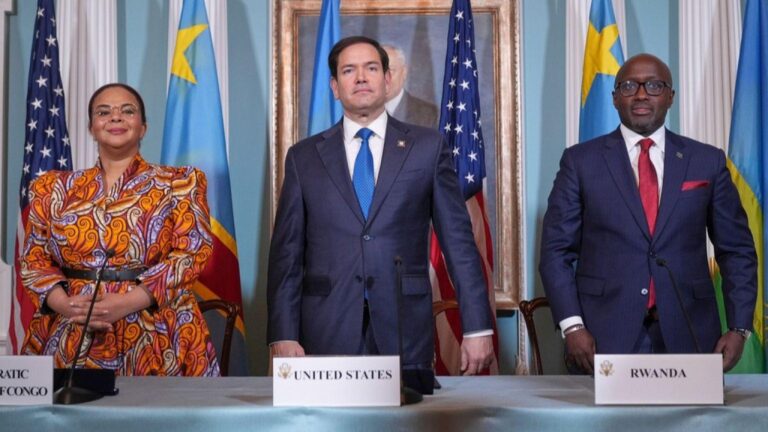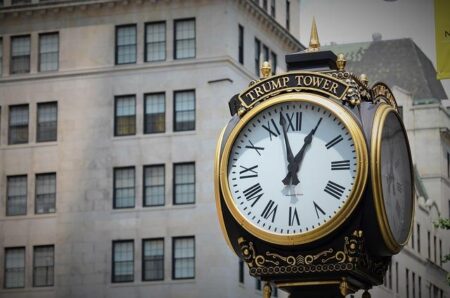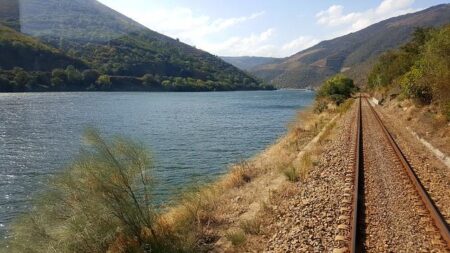Rwanda and Democratic Republic of Congo Forge Historic Peace Accord to Boost Regional Stability and Growth
Groundbreaking US-Mediated Ceasefire Agreement Between Rwanda and DRC
In a landmark diplomatic achievement, Rwanda and the Democratic Republic of Congo (DRC) have finalized a peace agreement in the United States, signaling a decisive move to end decades of conflict and instability in the Great Lakes region. This accord, facilitated by U.S. diplomatic mediation and supported by international partners, aims to halt cross-border hostilities and lay the foundation for enduring peace and cooperation.
Key provisions of the agreement include:
- Withdrawal of armed factions from disputed border zones to reduce tensions
- Establishment of joint security patrols to monitor and prevent future clashes
- Commitment to ongoing dialogue addressing political, social, and economic grievances fueling conflict
Beyond ceasing violence, the pact envisions revitalizing economic ties and attracting foreign investment by fostering a secure and predictable environment. Both countries have committed to collaborative efforts in infrastructure development, trade enhancement, and humanitarian support to uplift affected communities.
| Area of Focus | Expected Result |
|---|---|
| Security Collaboration | Stabilized and secure border regions |
| Economic Development | Expansion of trade and infrastructure projects |
| Humanitarian Initiatives | Enhanced living standards for displaced and vulnerable populations |
Comprehensive Peace Framework Emphasizes Stability and Economic Synergy
The peace accord between Rwanda and the DRC is designed to foster long-term regional stability through integrated economic collaboration. Both governments have pledged to cease all hostile activities along their shared borders and prioritize joint ventures in infrastructure, trade facilitation, and sustainable resource management. The agreement highlights:
- Strengthened security measures to deter insurgent activities and maintain peace
- Creation of collaborative investment zones to stimulate local economies and job creation
- Shared development programs targeting agriculture, mining, and renewable energy sectors
To ensure transparency and effective implementation, a bilateral oversight commission will monitor progress and adherence to agreed milestones. The following table outlines the primary focus areas along with their projected timelines:
| Focus Area | Description | Projected Timeline |
|---|---|---|
| Border Security | Coordinated patrols and intelligence exchange | Within 6 months |
| Trade Enhancement | Simplification of customs and border procedures | Within 12 months |
| Economic Zones | Development of special economic zones near border areas | Within 24 months |
Specialists Highlight Infrastructure and Security Reforms as Pillars for Lasting Peace
In the wake of the peace accord, analysts stress the critical importance of advancing infrastructure and security reforms to solidify peace and stimulate economic growth. Upgrading transport networks, energy grids, and communication systems is essential to reconnect fragmented communities and facilitate commerce, thereby attracting both domestic and international investors.
Security enhancements are equally vital, focusing on fostering trust between security forces and local populations. Experts advocate for comprehensive disarmament initiatives, community-based policing, and transparent governance to prevent conflict relapse. The table below summarizes priority areas and their anticipated benefits:
| Priority Sector | Key Initiatives | Anticipated Outcomes |
|---|---|---|
| Infrastructure |
|
Enhanced trade flow and mobility |
| Security |
|
Lowered violence and strengthened community trust |
Economic Prospects Brighten as Peace Sparks Investment Surge
The peace treaty between Rwanda and the DRC has ignited renewed enthusiasm among international investors eager to capitalize on the region’s abundant resources and market potential. With hostilities subsiding, infrastructure initiatives and commercial ventures are gaining momentum, free from the shadow of conflict. Key sectors poised for growth include mining, agriculture, and renewable energy, each offering promising returns and sustainable development opportunities.
- Mining exploration permits have risen by 30% since the agreement
- Cross-border trade volumes projected to increase by 45%
- Joint infrastructure projects currently in advanced planning stages
- International development agencies pledging substantial funding for stability and growth
Industry experts observe that early investment commitments reflect growing confidence in the region’s future. Strategic efforts are underway to enhance supply chains and establish special economic zones designed to attract multinational corporations. Additionally, the peace environment is expected to nurture innovation centers and technology transfer programs, positioning Rwanda and the DRC as emerging economic leaders in East-Central Africa.
| Sector | Forecasted Growth | Primary Investment Drivers |
|---|---|---|
| Mining | Projected 30% growth over 2 years | Improved security and abundant mineral resources |
| Agriculture | Estimated 28% expansion | Enhanced transport infrastructure and cross-border collaboration |
| Energy | Anticipated 42% increase | Renewable energy projects and infrastructure modernization |
Conclusion: A New Chapter of Peace and Prosperity for Rwanda and DRC
The signing of the peace accord between Rwanda and the Democratic Republic of Congo in the United States represents a pivotal moment in the quest to end prolonged conflict in Central Africa. Both nations have demonstrated a strong commitment to fostering stability, enhancing security, and creating an enabling environment for investment and sustainable development. As the agreement moves into the implementation phase, the global community remains hopeful that this historic pact will usher in lasting peace and economic revitalization across the Great Lakes region.







